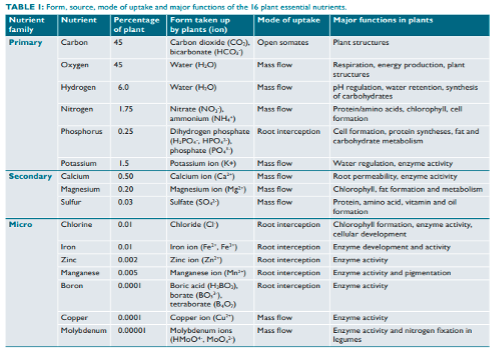AgroInsights- Regenerative Ag
Overcoming Your Crop’s Scarcest Nutrient

Wayne Becker, District Sales Manager & Agronomy Specialist
When determining nutrient needs for our crops, we often assume more is better. We have heard about the “Law of the Minimum,” which states that plant growth is controlled by the scarcest resource. This concept is often visualized using a barrel with a short stave, which is running over, limiting the amount the barrel can hold.
Obviously, if a plant is not receiving enough of one nutrient, its ability to function is compromised. However, the problem with this model is that it leads one to believe that the “scarcest resource” is caused by a nutrient shortage. Often, this is not the case. The soil may be loaded with nutrients that are not available to the crop. It is very possible that something in the soil causing an antagonistic reaction, inhibiting nutrient uptake.
Antagonisms to nutrient absorption factors:
· soil pH,
· soil compaction,
· improper nutrient balance,
· poor quality nutrient source,
· and many other possibilities!
None of these “Antagonisms” are caused by the lack of a single nutrient. Overcoming the problem requires an understanding of the producer’s farming system. Adjustments to farming methods such as tillage, crop rotation, nutrient placement, nutrient amounts and nutrient sources may be the key to crop and soil health – and ultimately greater productivity and profit.
Using a specialty fertilizer is a good idea. Commodity fertilizers help ensure that there are adequate nutrients in the soil profile. They help set the baseline for crop nutrition. Overcoming antagonisms to nutrient uptake means building a program that maintains adequate soil nutrition and also includes a source of fertilizer that increases nutrient efficiency. With greater nutrient efficiency, it may be possible to apply small amounts of fertilizer and effectively balance nutrient needs. The result can be a higher level of the “scarcest resource” and, thus, greatly improved plant function.
When nutrient uptake is impaired, either by lack of nutrient availability or by antagonistic soils properties. Plant health suffers.
Table below
NACHURS Technology to overcome soil antagonistic characteristics:
NACHURS Bio-K®
NACHURS Rhyzo-Link®
NACHURS Aqua-Tech®
Contact your local NACHURS® rep or retailer for more information.

Table Source: https://cdn-ext.agnet.tamu.edu/wp-content/uploads/2018/11/ESC-009-essential-nutrients-for-plants.pdf












